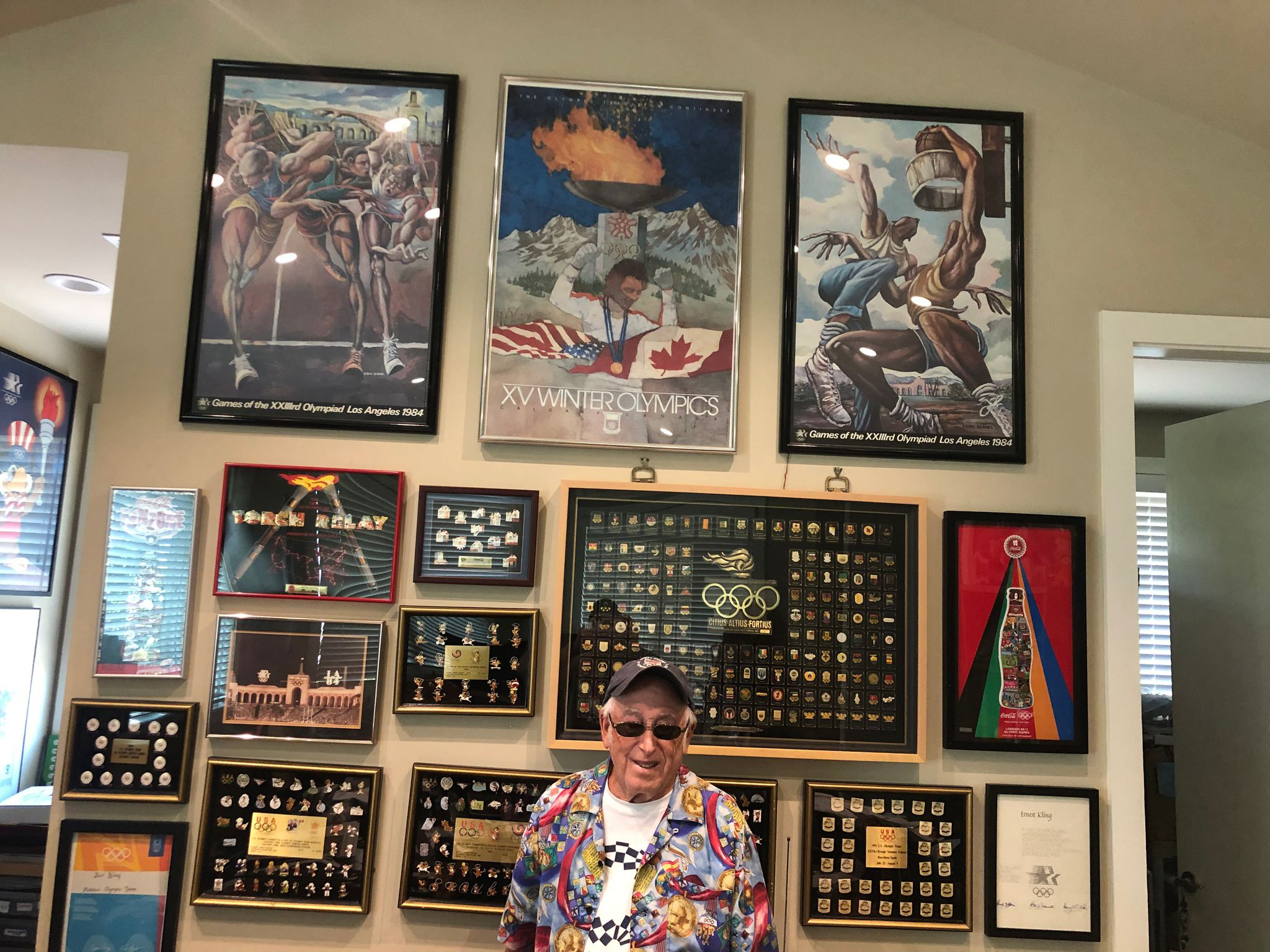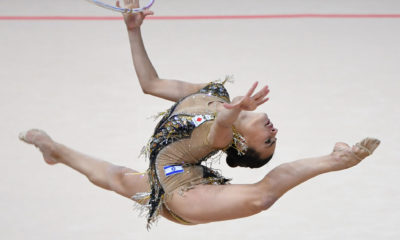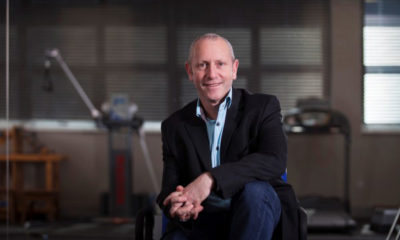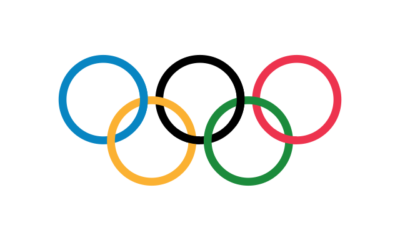
Sport

Tokyo has Olympics enthusiast in a pin
(JTA) Sid Marantz loves tradition so much that he spent 20 years as a board member of his family’s Los Angeles synagogue.
So it’s a big deal that he isn’t in Tokyo this week for the start of the Olympics, the first Summer Games he’s missed since 1984. Marantz usually attends for three weeks: the 16 days of the games – with a few more days tacked onto the beginning and end to trade Olympic pins.
The 76-year-old retired businessman and Jewish philanthropist is one of the world’s most committed pin traders, structuring his life around a subculture immortalised in Boy Meets Curl, a 2010 episode of The Simpsons in which Lisa Simpson becomes obsessed with collecting the year’s commemorative tchotkes.
“I’m in it basically just for the fun,” said Marantz, who is vice-president of the board of directors of Olympin, which bills itself as “the world’s largest Olympic collectors club”.
A Los Angeles native, Marantz became an Olympics enthusiast – with a special interest in Jewish and Israeli athletes – at an early age. He was a teen when his family travelled to Europe for a vacation that ended at the 1960 Rome Olympics. “I just got blown away by the whole thing,” he said. “I loved it.”
The next time Marantz attended an Olympics was in 1976, when he travelled with his family – his wife, parents, and his toddler daughter – to the Montreal Games. It was there, he said, that pin trading first caught his attention.
“We bought a few, and we traded, and they were gone, and we bought more, and we bought more,” he said. “That was my introduction to Olympic pin trading and collecting.”
Olympic pins are the small commemorative lapel pins, made and distributed at each Games, by national Olympic committees, host countries, and sponsors, which are meant to be traded among spectators from different countries. At about $7 (R104) a pop, the tiny, colourful artifacts make ideal souvenirs, meaning that aficionados like Marantz and rank-and-file attendees tend to engage with each other, often in the official pin trading facilities that Coca-Cola has operated at each Olympics since 1988.
Marantz said that he “forgot about” the habit for a time, but the Olympics came back into his life in a big way in 1984, when the Games were held in his home town. His wife, who worked at the time for the United States Olympic Committee, wrote to all of the games’ sponsors asking for pins as a birthday present for her husband.
The resulting haul brought him into contact with the founders of the Olympin club, launched around the 1980 Lake Placid, New York, Winter Olympics. His decades-long involvement has included an appearance in a 2008 documentary called Pindemonium about the pin-trading subculture. Attendees of the 2010 Vancouver Games frequently recognised him because Air Canada showed the movie on flights to the Games.
Marantz said he’s traded pins with everyone from Olympians themselves to heads of state to celebrities. The biggest names among his trading partners include Prince Albert of Monaco, former Secretary of State Hillary Clinton, and gymnast Mary Lou Retton – but he said the vast majority have been locals who have dabbled in the hobby when their home towns have hosted the global sports gathering.
Marantz estimates that he’s spent more than $10 000 (R148 100) amassing a collection of more than 12 000 pins. (That doesn’t include the considerate costs of Olympics attendance.) In one notable acquisition, he told the New York Times last year, he and some pin friends paid $35 000 (R518 350) for 750 000 unsold pins after the 1996 Atlanta games. They each kept 40 000 pins and sold the rest to collectors.
Marantz specialises in collecting pins produced by countries seeking to host the Olympics, pins made by official host committees, and pins made by media organisations covering the games. But he tries to cast a wide net, even engaging in what’s called “churning” by trading for pins he already has.
“The interaction with the people, the chasing of that next pin you want to get. I enjoy the hunt as much as I do having the collection,” he said. “It’s more about the people and the experiences.”
Among Marantz’s favourite pins is one he got in a trade with Gal Fridman, the first Israeli to win an Olympic gold medal (in windsurfing in 2004).
“I love to see Israeli athletes win,” Marantz said. “I got to trade an Israeli team pin with him. It’s in my collection, and it’s meaningful to me.”
This year, Marantz said he’ll be tuning in from home – and looking for ways to collect pins without being on site. Because some of the roughly 200 “hard core of international collectors and traders … who go from Games to Games” work for the Olympics or for individual teams, including as doctors, they’ll be able to purchase pins in person. Marantz expects to be able to trade for them or buy them on eBay.
The next Olympics is the Winter Games in Beijing in early 2022, and Marantz said he’s hoping to go if he’s allowed. But he’s really looking ahead to 2028, when the Games will once again be held in Los Angeles.
Marantz’s Olympics enthusiasm has not gone unnoticed. When the Olympics were held in Atlanta in 1996, Marantz’s daughter had a job with the Olympic Committee, working on the opening and closing ceremonies. Marantz was tapped to serve, during a dress rehearsal, as a stand-in first for President Bill Clinton, and later for Juan Antonio Samaranch, then the International Olympic Committee head.
But even as his profile in the Olympics community has grown, Marantz said one of his favourite Olympic memories took place back in 1984 in Los Angeles, when he donned the suit of the Games’ mascot, Sam the Olympic Eagle.
“Here’s the thing: I wasn’t blessed with athletic ability,” Marantz said of his time in costume. “Certainly not enough to be an Olympian. So if you’re going to be more than just a spectator, you’ve got to jump in with both feet, doing as much as you can to wring out from your experience as much as you can.”










